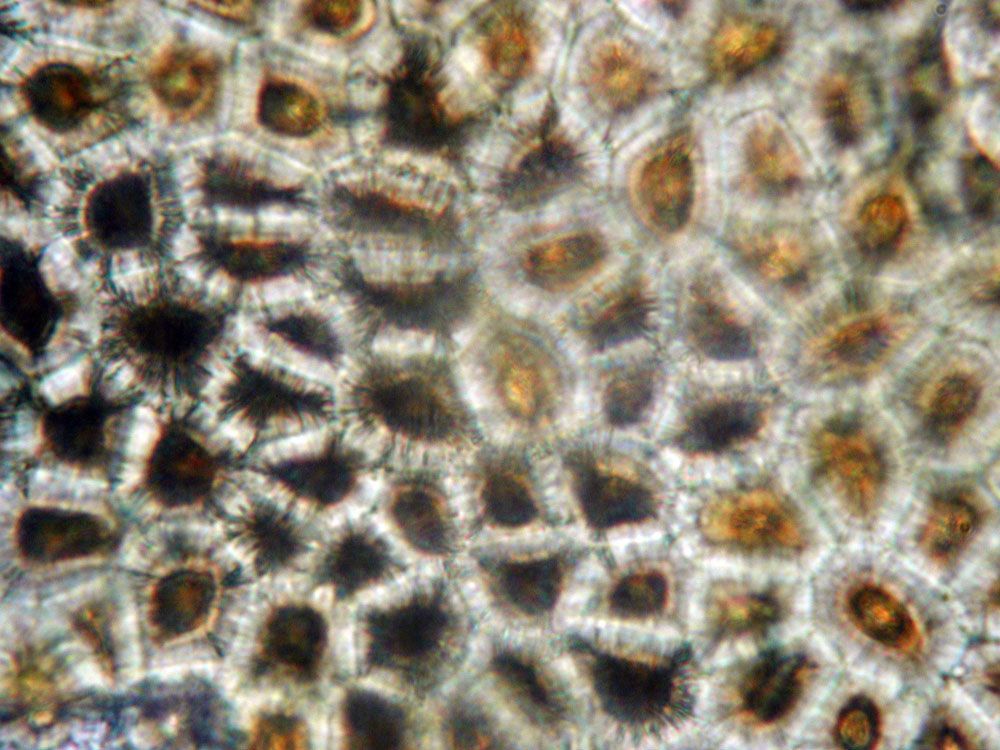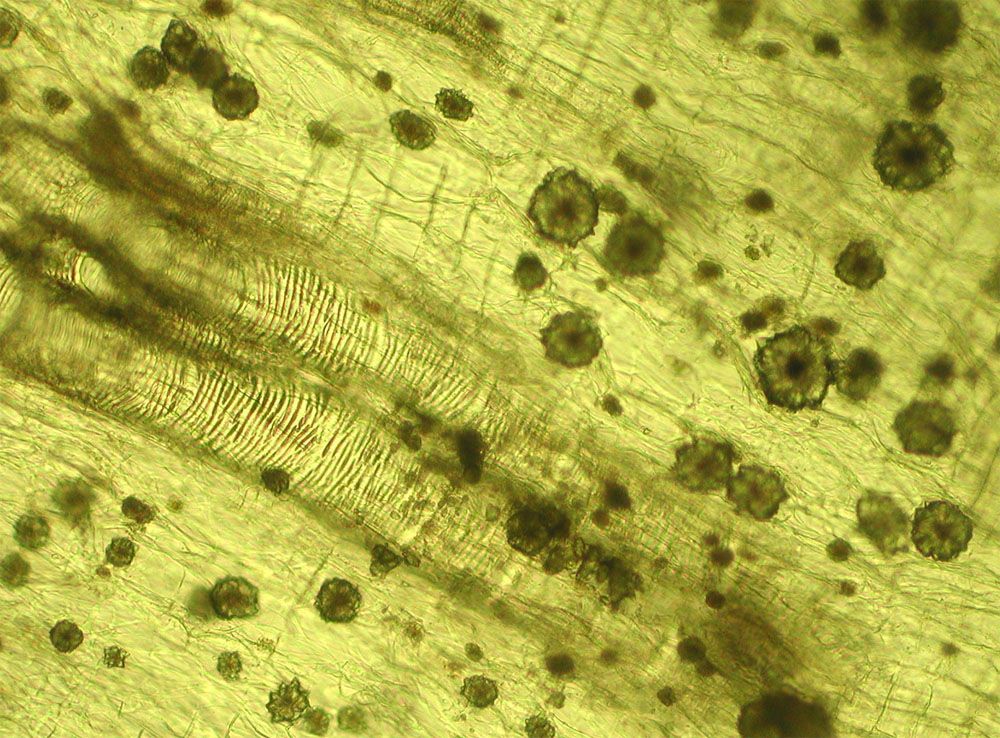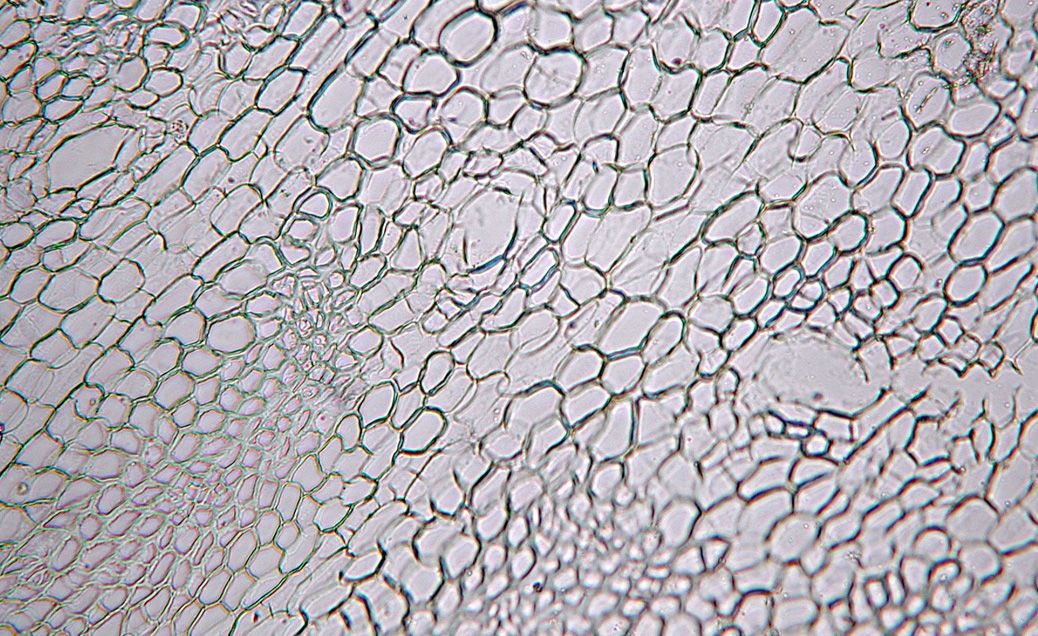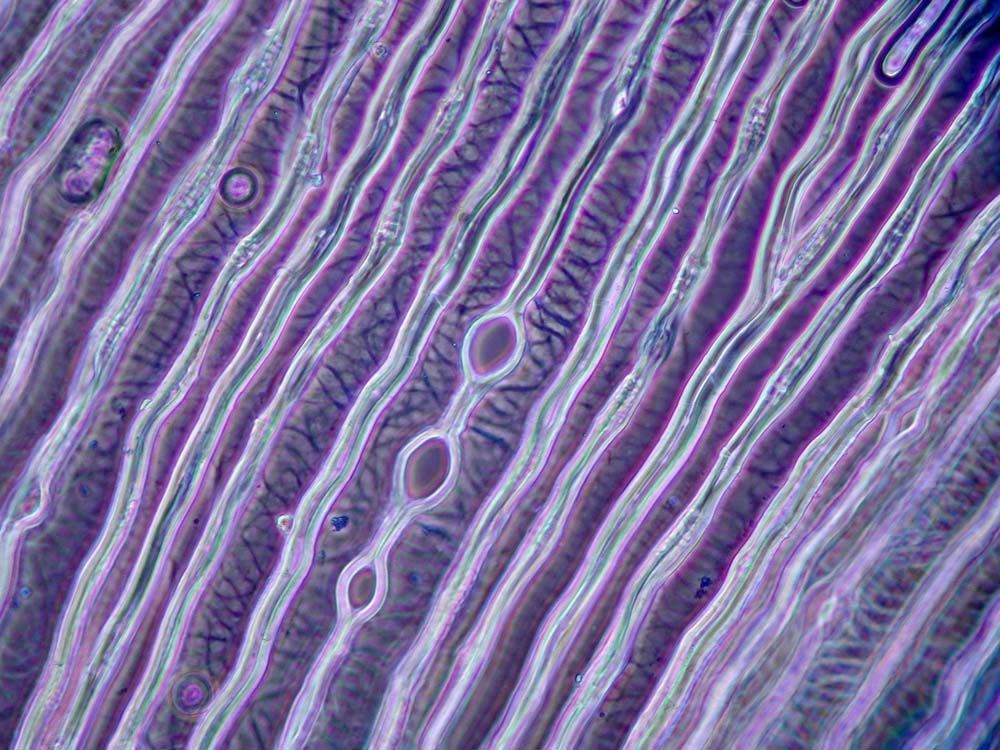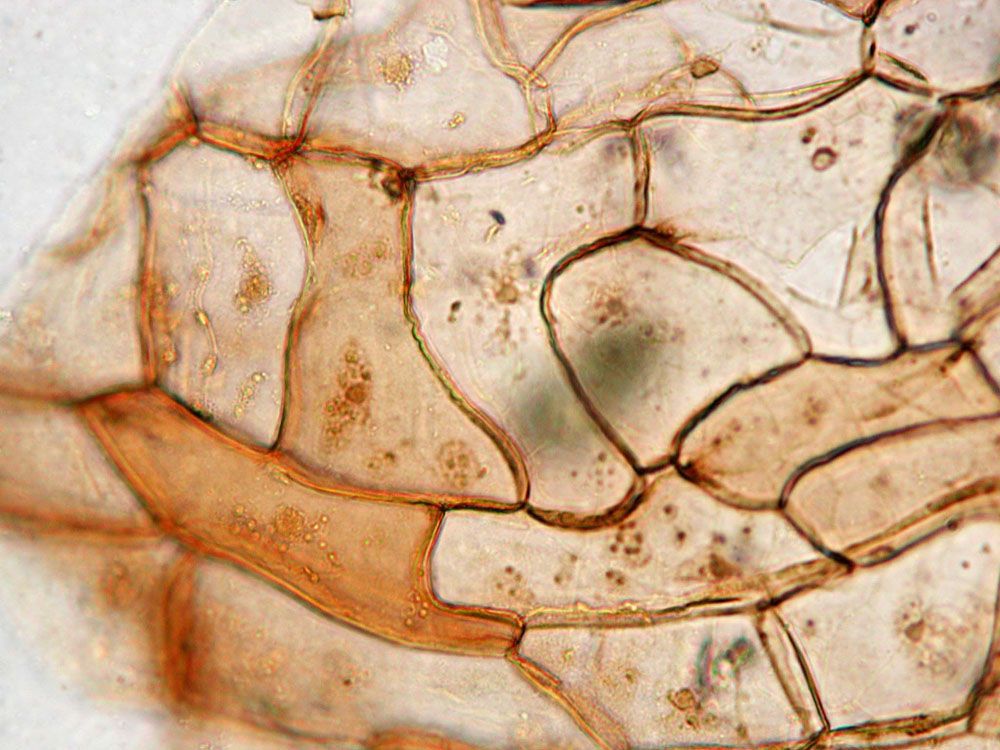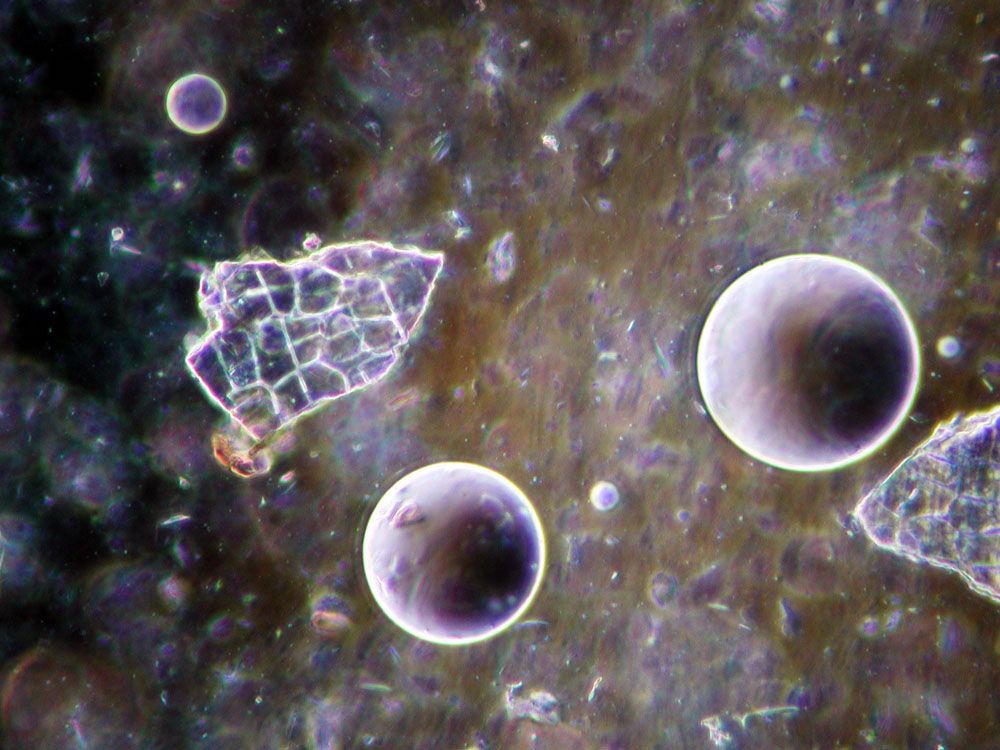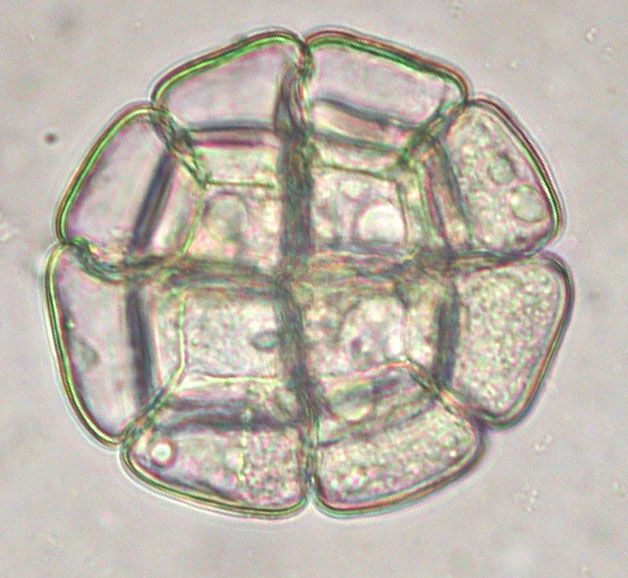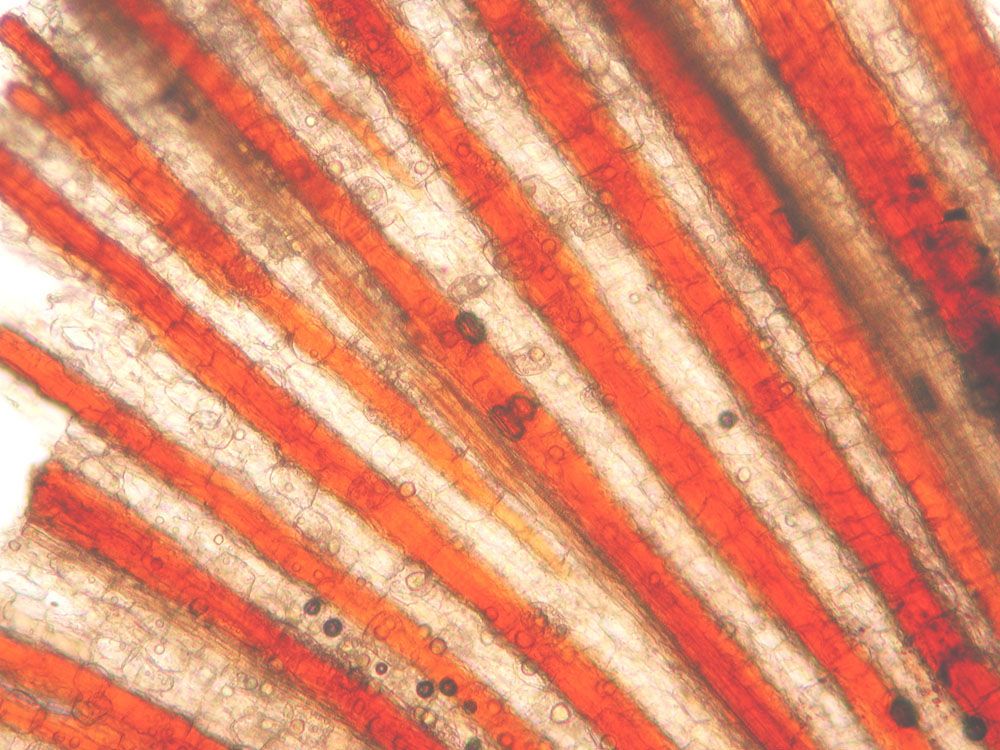15 Years CTCA
15 Years Center for Safety of Chinese Herbal Therapy (CTCA) 30.12.2018
The English version was taken from the publication in the Register of Chinese Herbal Medicine Journal 2019;16(1):23-28
The Center for Safety of Chinese Herbal Therapy (in German: Centrum für Therapiesicherheit in der Chinesischen Arzneitherapie, CTCA) was founded in 2004 by five German TCM societies which are involved in Chinese Herbal Medicine (CHM), the German working group of TCM pharmacies and some qualified TCM experts. In 2015, we decided to extend our range from Germany to the other German speaking countries. In the same year one Austrian and one Swiss society joined the CTCA, the following year a further Swiss society, and in 2018 a further Austrian society affiliated with the CTCA. We are now an umbrella organisation of eight TCM societies, one German working group of TCM pharmacies and several single persons.
Main task: pharmacovigilance
Our declaration of tasks as published in 2004, is still valid. Our main task is pharmacovigilance. According to the WHO, “pharmacovigilance is the science and activities relating to the detection, assessment, understanding and prevention of adverse effects or any other possible drug-related problems” (1). We receive and request reports on suspected adverse events of CHM, try to complete the data, evaluate them and, if possible, return a statement on the supposed association of the adverse event with CHM. Although there are not so many reports, we and the TCM community can learn from this experience and extend the safety level in CHM use.
Another important task is to screen and evaluate the international literature for adverse events of CHM. There are many case reports, but unfortunately many reports lack essential details, mostly relating to the undetermined identity and quality of the suspected agents. Nevertheless, we have a database of about 4,000 full-text publications about safety aspects of CHM, with the most relevant articles being evaluated. Therefore, it can be said that we have a comprehensive overview on the safety concerns in the field of CHM.
We try to draw conclusions from the data and to disseminate the findings among the CHM therapists and professionals by our website, newsletters, lectures and articles in professional journals. Therapists and professionals can contact our center and ask questions on safety aspects. Our intention is to prevent side effects or to minimise harm by detecting them at an early stage. This is an important aspect in dealing with survival of CHM under present-day conditions.
Rejection of unjustified accusations against CHM
Another task of the CTCA is to reject unjustified accusations against CHM and inadequate requirements of the authorities. For example, many claims of supposed hepatotoxicities are not substantiated, especially by the German hepatologist Rolf Teschke and his coauthors, who issued about five or six publications on alleged hepatotoxic Chinese remedies. The CTCA has published several replies and refutations on this subject. The ban of xi xin (Asari radix et rhizoma) is an example of an overreaction by the German and Swiss medical drug authorities which has been questioned (2).
In May 2018, many Swiss and Austrian media outlets reported about an experimental study from a group of authors on wu zhu yu (Evodiae fructus) according to which this medicine should be defined as being cardiotoxic and involved in the danger of death by cardiac arrhythmias (3). The CTCA could react within hours with a newsletter and rejected this predication (4).
On the other side, we critiqued statements of a few TCM authors grossly trivialising the risks of Chinese herbs, for example, in the matter of Aristolochia (5) or Asarum.
International cooperation
Finally, we are looking for international cooperation. An obstacle is that in other western countries besides Australia no institutions exist which are similar to the CTCA. We cooperate with the RCHM in the UK and single persons from different countries. Nevertheless, the CTCA is, so far, a unique institution in Europe and beyond.
Reports on adverse events to the CTCA
As said before, the main subject of the CTCA is the reception and evaluation of reports about adverse events. Within the 15 years of its existence, the CTCA received 50 reports (see tab. 1). This number is very low and certainly only a part of the adverse events that actually occur. Estimations say that within conventional medicine about 5 or 6% of adverse drug events (ADE) were reported to the official addressees (6). We assume that the situation is no different for CHM.
Tab. 1: Safety reports transmitted to the CTCA
2004 – Sept 2018
50 reports
- 45 reports related to suspected intrinsic adverse events of CHM
- 4 reports related to suspected quality shortcomings
- 1 report related to a suspected adverse event of Chinese food(pu ‘er tea)
The U.S. Department of Health and Human Services established a definition for the grading of severity, which is widely-used (7). Grade 1 (mild) is a reaction that needs no intervention. Grade 2 (moderate) requires a non-invasive intervention or is limiting the activities of daily living. Grade 3 is severe but not immediately life-threatening, requires a hospitalisation or prolonged hospitalisation or is limiting self-care. Grade 4 is life-threatening and needs an urgent intervention, grade 5 is death. Tab. 2 shows the distribution of the different severity grades. ADE’s of grade 4 or 5 did not occur.
Tab. 2: Severity grade of ADE’s reported to the CTCA
| n | % | |
|---|---|---|
| Summe | 50 | 100% |
| mild | 10 | 20,0 |
| moderate | 25 | 50,0 |
| severe | 10 | 20,0 |
| life treatening | 0 | 0 |
| death | 0 | 0 |
| unrelated | 5 | 10,0 |
Association of ADE’s with Chinese Herbal Medicine
Of special interest is how many of the suspected ADE’s are actually caused by CHM? Assessing causality, for liver injuries the update of the RUCAM (Roussel Uclaf Causality Assessment Method (8)), and for other ADE’s the WHO-Uppsala Monitoring System (9) was used. 7 of the events have a highly probable and 8 a probable association with CHM. This pertains to the remedy as a whole. Because commonly Chinese herbs were prescribed as a combination of multiple components, it is a special challenge to identify the single culprit. There were some cases in which this was successful.
7 cases had a possible association, in another 7 cases the causality was unlikely, in 4 cases a causality could definitely be excluded. 10 of the cases, the largest number, are unassessable because there is too little information. Some reports come from pharmacies, which do not know about the medical details, or from TCM therapists who have lost contact with their patients. Fig. 1 shows the organs and the other categories, respectively, involved by the ADE’s and their ratio of a probable or highly probable association with CHM.
Fig. 1: Categories of reports to the CTCA (light balks) and their fractions of a probable or highly probable association with CHM (dark balks) (n=50).
Liver reactions make up the largest proportion. There are 15 cases and 3 of these have an at least probable association with the CHM remedy. The second most common ADE’s are allergies (8 cases), and 6 of these have an at least probable association. Next are elevations of creatinine, but none of these has a probable association with CHM (two unlikely, three unassessable).
Comparison of CHM safety with safety of western drugs
Europe is different from China and other Asian countries. We have advanced safety requirements, and several drugs which are used so far in China are forbidden or not qualified under European conditions, e.g. zhu sha (Cinnabaris), xiong huang (Realgar)or qian li guang (Senecionis scandentis herba). To the best of our knowledge, there are reports of only two fatalities in Europe by CHM since the seventies. These are two cases of liver injury which happened in the U.K. in the nineties.
According to a Swedish study, 3.1% of all deaths in South Sweden were suspected to be caused by adverse drug reactions, so ADE’s were the seventh most common cause of death (10). In 1994, fatalities of hospitalised patients due to ADE’s in USA were estimated to be 106,000 (11). Even if you have to admit that you cannot simply compare the numbers of fatalities from conventional drugs to those of CHM, the difference is striking. According to a former study, among 1701 admissions to a Hong Kong hospital, 4.4% were caused by side effects of western medicine and 0.2% by side effects of CHM (12). Hence, CHM is a relatively safe medicine.
Hepatotoxicity
It is evident not only from our cases but also from the Chinese data that hepatotoxicity is the major health concern relating to CHM. In China, the percentage of CHM among drug induced liver injuries (DILI) is given as 18.6 to 53.6% (13-19), about 25% on average, and there are outcomes of liver transplantations and fatalities. Therefore, a closer look at this problem is necessary.
Because Chinese medicine is mostly prescribed as a combination of herbs, it is difficult to identify the causative agent of suspected herb-induced hepatotoxicity (HILI). Many case reports from the literature lack important information, especially the authorisation of involved herbs and the exclusion of contaminations. A complete differential diagnosis has to rule out other causes of liver injury. A group of authors associated with R. Teschke published several articles about alleged hepatotoxic TCM medicines. But analyses show that many of their conclusions do not do not follow scientific rules and do not stand up to scrutiny (20).
A recent study provided new data on supposed hepatotoxic Chinese medicines. An investigation of liver enzymes in 21,470 patients at the Kötzting hospital in Germany showed that 26 patients had an elevation more than fivefold above the upper limit of normal (21). Although the evaluation contains many mistakes and weaknesses, it is striking that chai hu (Bupleuri radix) and huang qin (Scutellariae radix) were involved in 20 and 21 cases, respectively, and in 18 cases they were involved simultaneously. Although the association of hepatotoxicity and Chinese medicine was not secured in many cases, it is probable that either chai hu or huang qin, or both simultaneously in rare cases, can be hepatotoxic (22).
The potential hepatotoxicity of he shou wu (Polygoni multiflori radix) is well established and that of bai xian pi (Dictamni cortex) is probable (23). Most of these hepatotoxicities are of the idiosyncratic type. This means that normally these medicines do not show any evidence of harm like an elevation of liver enzymes. But in rare cases, may be due to human polymorphism or an immunologic reaction, a liver injury is striking and this may be serious.
It is important to know the medicines of potential hepatotoxicity to be able to take precautions. The CTCA recommends to inform the patient before starting the treatment that if there are any symptoms like prolonged nausea, uncommon fatigue, dark urine, light stools or yellow skin she/he should contact her/his therapist and not to continue with therapy until a hepatotoxic reaction is excluded. It is helpful to control the liver enzymes (ALT=alanine aminotransferase and optionally AP=alkaline phosphatase) at the beginning of therapy and at certain intervals but this cannot exclude an event in between.
An herb which is possibly associated with hepatotoxicity is ma huang (Ephedrae herba). There are several cases in the literature, but the facts are not sufficient to ascertain this definitely. Other herbs can become hepatotoxic if they are overdosed or not properly prepared. This applies to chuan lian zi (Toosendan fructus), ku lian pi (Meliae cortex) , ai ye (Artemisiae argyi folium), zao jiao ci (Gleditsiae fructus) and cang er zi (Xanthii fructus) (24). These reactions are of an intrinsic type which is predictable and dose-dependent.
Two examples for CTCA reports of hepatotoxicity
Case report to the CTCA:
A 79-year-old woman took 2 Chinese formulas simultaneously with some variations from Aug 27th to Nov 6th, 2015. In the last week of this period she noticed light stools and dark urine, on Nov 6th a yellow skin. On Nov 7th she presented to a hospital. At admission, ALT was 856 U/L (normal <35), AST 622 U/L (n<35), alkaline phosphatase 119 U/L (n<105), total bilirubin 13.3 mg/dl (n<1.2) and thromboplastin time 58% (n>70%). The ultrasound investigation of the abdomen showed no major pathology of the liver or gall bladder. Laboratory tests showed no evidence of acute hepatitis A, B or C. The decoctions were withdrawn on Nov 6th. On Nov 10th, the ALT has dropped to 481, AST to 367 and total bilirubin to 7.3.
From the herbs included in the 2 formulas, only bai xian pi (Dictamni cortex) is known for a potential hepatotoxicity. Total dose of the raw drugs – not granules - was very low which was around 6g(!) per day. The result of the RUCAM test was that (i) there is a probable association between the reaction and the formulas overall and (ii) a probable association between the reaction and bai xian pi.
Case report to the CTCA:
A 30-year-old woman was prescribed a formula of granules (6g/d) which she took for about 14 days. Because a pregnancy was detected, blood values were controlled. Markedly elevated liver function tests turned out: ALT 964, AST 210, GGT (γ-glutamyltransferase) 180 U/L (n>37). Hepatitis A, B, C and a gall bladder problem were ruled out. The patient didn’t feel bad despite these values. She was worried about the possible teratogenic effects of the Chinese remedy which was withdrawn immediately. After discontinuing of therapy, the liver values dropped promptly.The components of this formula primarily were not suspicious for hepatotoxicity. The CTCA was asked to find out the reason that the Chinese herbs might have caused the liver injury. We recommended at first to test for a Epstein Barr and a Hepatitis E virus infection to rule out the possibility of these causes. Results showed a positive antibody titer for hepatitis E-IgG and -IgM. An immunoblot test confirmed the results, so an acute hepatitis E virus infection was verified. A similar case report was attained by the CTCA in 2017. Not every liver injury which, at first, seems to be caused by CHM is actually like this.
Liquorice – gan cao (Glyzyrrhizae radix)
Usually liquorice is noted for its low toxicity and often it is used for detoxification. But if not used properly, it implies some safety concerns.
Case report to the CTCA:
A 50-year-old female taking Chinese granules after 4 months developed severe headaches, sometimes so strong that she couldn‘t go to work. Finally, a blood pressure of 210/120 was detected. Previous to the CHM, blood pressure was normal and in her family hypertension was unknown. After withdrawal of the CHM and taking lisinopril, the blood pressure was in normal limits, but 1 year later, she still took lisinopril. So, a latent hypertension may have been underlying at the onset of CHM treatment. But latent hypertension is an epidemic phenomenon you have to face. The daily dose of Glycyrrhizae radix (gan cao) in this case was 1.9g as granules equivalent to about 9.5 g as raw drug.
The individual sensitivity to Glycyrrhizae radix can vary, as can the content of glycyrrhizin in Glycyrrhizae radix. With high dose and long duration of this medicine, pseudohyperaldosteronism can occur which implies retention of sodium, excretion of potassium, increase in blood pressure, tendency to oedema, hypokalaemia and in extreme cases muscle paralysis. This is especially meaningful during pregnancy because it could increase the risk of preeclampsia and eclampsia. Another side effect is that the testosterone serum level decreases by about 30% which may be either not desirable or desirable, e.g. in case of a prostate carcinoma. Caution with gan cao should be used in case of hypertension or intake of antihypertonics, furthermore in case of treatment with diuretics (because of increased danger of hypokalaemia), cardiac glycosides (increased toxicity), laxatives (increased danger of hypokalaemia) and corticosteroids (multiple interactions). To err on the side of caution, a long-term use of a dose above 5g (raw drug) or 1g (granules) is not recommended. In case of long-term use of more than 3g (raw drug) or 0.6g (granules), the blood pressure should be checked repeatedly which is an easy precaution. During pregnancy, a long-term use of more than 3g (raw drug) or 0.6g (granules) is not recommended.
Case report of an interaction:
A 52-year-old male with a history of kidney transplantation took cyclosporine A as a standard immunosuppressive therapy. Cyclosporine serum level was always between 92 and 113 µg/l. Because of gastrointestinal symptoms he was prescribed a Chinese decoction. After 10 days, the serum level has declined to 72 µg/l. The decoction was withdrawn and the serum level increased. One month later, the decoction was prescribed again. After 10 days, the serum level has dropped to 69 µg/l.Components and dose of the decoction
| he qian zi (Plantaginis semen) | 3g |
| xiao hui xiang (Foeniculi fructus) | 3g |
| tian ma (Gastrodiae rhizoma) | 1g |
| fu ling (Poria) | 3g |
| zhu ru (Bambusae caulis) | 4g |
| total dose | 14g/d |
This formula is made of unsuspicious herbs and low-dosed. Nevertheless, a major interaction occurred. This is a crucial case report because a decrease of cyclosporine level can cause a rejection of the transplanted organ. This case actually occurred with St. John’s wort (Hypericum perforatum). Cyclosporine is probably the most critical drug prone to interaction.
The CTCA recommendation is: If chemical drugs with a narrow therapeutic range are involved, use caution and make the indication strict. This notably applies to:
- immunosuppressants (cyclosporine),
- chemotherapeutics,
- antiepileptics,
- anti-HIV-drugs,
- anticoagulants.
If possible, test for blood concentration or the effect level, respectively. Warfarin/phenprocoumon should be a minor problem because it is common to check the blood coagulation to prevent major deviations by other drugs or food. You only have to think of it when a formula should be given or changed or discontinued.
Conclusions
This is a short report on the activities of the CTCA and major safety concerns. Not all safety aspects can be highlighted by this article. The focus of the CTCA is the German speaking countries. But if you have special questions you can contact the CTCA by
References
- WHO.The importance of pharmacovigilance. Safety monitoring of medicinal products. Geneva: World Health Organization. http://apps.who.int/medicinedocs/pdf/s4893e/s4893e.pdf. 2002.
- Wiebrecht A.The safety of Asarum - an evaluation. RCHMJ. 2012;9(1):24-27.
- Baburin I, Varkevisser R, Schramm A, et al.Dehydroevodiamine and hortiamine, alkaloids from the traditional Chinese herbal drug Evodia rutaecarpa, are IKr blockers with proarrhythmic effects in vitro and in vivo. Pharmacol Res. 2018;131:150-163.
- CTCA.www.ctca.center/index.php/de/newsletter/ctca-letter-mai-2018. 2018.
- Wiebrecht A.Aristolochia, malignant lie or the bitter truth? A comment by the Center for Safety of Chinese Herbal Medicine (CTCA). RCHMJ. 2017;14(1):33-36.
- Hazell L, Shakir SA.Under-reporting of adverse drug reactions: a systematic review. Drug Saf. 2006;29(5):385-396.
- U.S. Department of Health and Human Services.Common terminology criteria for adverse events v4.0 (CTCAE). https://evs.nci.nih.gov/ftp1/CTCAE/CTCAE_4.03/Archive/CTCAE_4.0_2009-05-29_QuickReference_8.5x11.pdf. 2009.
- Danan G, Teschke R.RUCAM in drug and herb induced liver injury: The update. Int J Mol Sci. 2015;17(1):E14.
- WHO Uppsala Monitoring Centre.The use of the WHO-UMC system for standardised case causality assessment. https://www.who-umc.org/media/164200/who-umc-causality-assessment_new-logo.pdf.
- Wester K, Jonsson AK, Spigset O, et al.Incidence of fatal adverse drug reactions: a population based study. Br J Clin Pharmacol. 2008;65(4):573-579.
- Lazarou J, Pomeranz BH, Corey PN.Incidence of adverse drug reactions in hospitalized patients: a meta-analysis of prospective studies. JAMA. 1998;279(15):1200-1205.
- 1Chan TY, Chan AY, Critchley JA.Hospital admissions due to adverse reactions to Chinese herbal medicines. J Trop Med Hyg. 1992;95(4):296-298.
- Chen YF, Cai HD.[Investigation of liver damage associated with Chinese medicines]. Yaowu Buliang Fanying Zazhi [Adverse Drug Reaction Journal]. 1999;1(1):27-32.
- Lai RT, Wang H, Gui HL, et al.[Clinical and pathological features in 138 cases of drug-induced liver injury]. Zhonghua Gan Zang Bing Za Zhi [Chinese Journal of Hepatology]. 2012;20(3):185-189.
- Li B, Wang Z, Fang JJ, Xu CY, Chen WX.Evaluation of prognostic markers in severe drug-induced liver disease. World J Gastroenterol. 2007;13(4):628-632.
- Liu WH.[Retrospective review on 180 cases of drug-induced liver injury]. Yaoxue Yanjiu [Journal of Pharmaceutical Research]. 2015;34(1):59-61.
- Ou P, Chen Y, Li B, et al.Causes, clinical features and outcomes of drug-induced liver injury in hospitalized patients in a Chinese tertiary care hospital. Springerplus. 2015;4:802.
- Zhou Y, Yang L, Liao Z, et al.Epidemiology of drug-induced liver injury in China: a systematic analysis of the Chinese literature including 21,789 patients. Eur J Gastroenterol Hepatol. 2013;25(7):825-829.
- Zhu Y, Niu M, Chen J, et al.Comparison between Chinese herbal medicine and western medicine-induced liver injury of 1985 patients. J Gastroenterol Hepatol. 2016;31(8):1476-1482.
- CTCA.www.ctca.center/index.php/en/news/dubious-pseudoscience-on-the-alleged-hepatotoxicity-of-chinese-herbal-medicines. 2016.
- Melchart D, Hager S, Albrecht S, Dai J, Weidenhammer W, Teschke R.Herbal Traditional Chinese Medicine and suspected liver injury: A prospective study. World J Hepatol. 2017;9(29):1141-1157.
- CTCA.www.ctca.center/index.php/en/news/substantial-data-questionable-conclusions-commentary-to-a-new-study-on-liver-injury-caused-by-chinese-herbal-medicines. 2018
- CTCA.www.ctca.center/index.php/de/sicherheitshinweise/moegliche-lebertoxizitaet-durch-chinesische-arzneidrogen. 2018
- Bensky D, Clavey S, Stöger E.Chinese Herbal Medicine. Materia Medica. 3rd ed Seattle, WA: Eastland Press; 2004.





